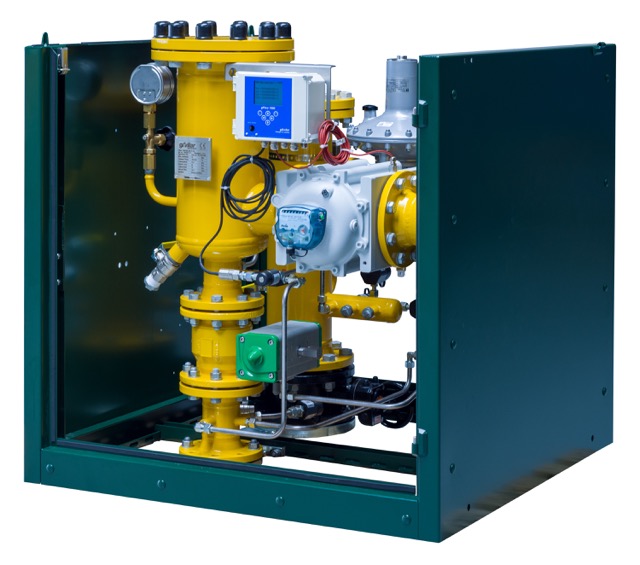
In the sustainability of energy supply in the Netherlands, but also in the rest of the world, hydrogen is seen as the alternative to gas. Hydrogen, however, is not an energy source, but it can be an energy carrier. This means that the energy is stored in this substance and is released during combustion. But what exactly is hydrogen, what types are there, and what does the future look like? This will be discussed in this blog.
What is hydrogen?
Hydrogen is a non-toxic, colorless, tasteless, and odorless substance. It is a molecule (H2) made up of two hydrogen atoms. Hydrogen is common on Earth but is always bonded with other atoms. At room temperature, hydrogen is gaseous. It only becomes liquid at -253 degrees. When hydrogen is pressurized, the density and therefore the amount of energy per cubic meter will increase.
Different types of hydrogen
Natural gas or petroleum is extracted from nature; this is not the case with hydrogen. Hydrogen must first be made. Hydrogen is made, for example, with natural gas and water. Then energy is needed to make hydrogen. You can think of petroleum or electricity. The result is then colorless and odorless gas. But we still distinguish between different types of hydrogen. This says nothing about the hydrogen itself at first, but how it is made. A distinction is made in how hydrogen is made. There are green, gray, and blue hydrogen.
Gray hydrogen
The hydrogen that is most produced so far is gray hydrogen. This means that CO2 is released during the production of hydrogen. It is made from fossil fuels. 80 percent of the produced hydrogen is made from natural gas. Also because this is still the cheapest way. In addition, a large amount of hydrogen can be produced in a relatively short time.
Green hydrogen
Green hydrogen is produced using renewable energy sources. Think of wind or solar energy or hydropower. Green electricity can be used to make green hydrogen. The method of converting water into hydrogen using electricity is called electrolysis. Electricity is used to convert water into hydrogen and oxygen using an electric charge. No CO2 is released during this process. Producing green hydrogen is currently more expensive than gray hydrogen.
Blue hydrogen
We speak of blue hydrogen when the CO2 released during the production of gray hydrogen is stored. Then it does not end up in the air but is stored or used for other purposes. Such as greenhouses that use CO2 as a raw material. However, about 10 percent of CO2 always escapes, and that still ends up in the air. Besides, this is a fairly expensive technique for storing and/or transporting CO2.
The pros and cons of hydrogen
The advantages of hydrogen
- Hydrogen can make many processes more sustainable. Think of the (chemical) industry, transport, or poorly insulated houses.
- Hydrogen is easy to transport. Therefore, it is interesting to import, and it can be well used in the existing gas network.
- Hydrogen can store a lot of energy, more than any other substance on Earth.
- Also, hydrogen can be stored well. This is better than energy storage in batteries or accumulators. It results in less energy loss.
The disadvantages of hydrogen
- The production of green hydrogen is very expensive, time-consuming, and complicated. The production of gray hydrogen is easier but is not sustainable.
- A lot of energy is lost in making hydrogen. About 25 percent of the energy is lost when converting electricity into hydrogen. Also, about 40 percent is lost from hydrogen to electricity.
- Building a good infrastructure for hydrogen costs a lot of money. This is not necessary for green gas.
- At the moment, there is only a very small supply of green hydrogen. Therefore, there is not enough green hydrogen for large applications.
The integration of hydrogen
The integration of hydrogen into the energy network is currently in full swing. A promising strategy is converting excess electrical energy, for example from photovoltaic energy or wind turbines, into hydrogen that is then directly fed into the hydrogen gas network. In this way, excess energy can be stored as long as needed. The hydrogen must be measured compatibly, where the gFLOW1500 can be used.
